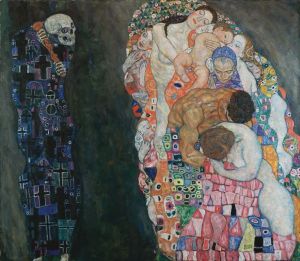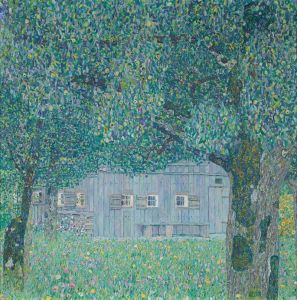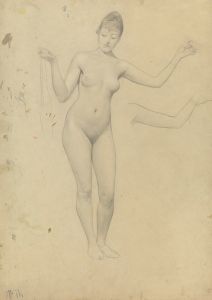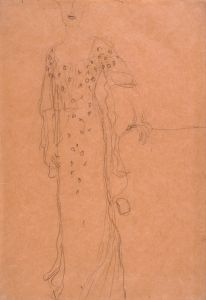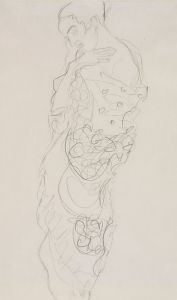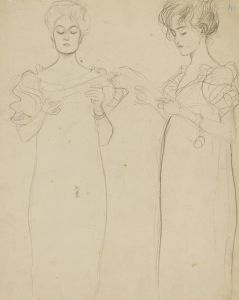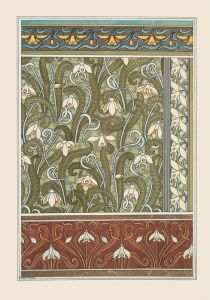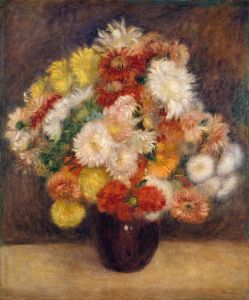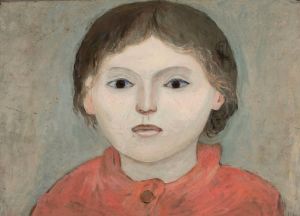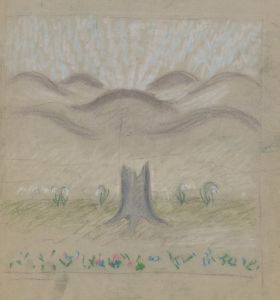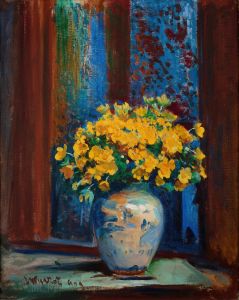
Blühender Mohn Mohnwiese
A hand-painted replica of Gustav Klimt’s masterpiece Blühender Mohn Mohnwiese, meticulously crafted by professional artists to capture the true essence of the original. Each piece is created with museum-quality canvas and rare mineral pigments, carefully painted by experienced artists with delicate brushstrokes and rich, layered colors to perfectly recreate the texture of the original artwork. Unlike machine-printed reproductions, this hand-painted version brings the painting to life, infused with the artist’s emotions and skill in every stroke. Whether for personal collection or home decoration, it instantly elevates the artistic atmosphere of any space.
Gustav Klimt, an Austrian symbolist painter, is renowned for his distinctive style and contribution to the Vienna Secession movement. One of his notable works is "Blühender Mohn" (also known as "Poppy Field" or "Mohnwiese"), which exemplifies his fascination with nature and his unique approach to landscape painting.
"Blühender Mohn" was created during a period when Klimt was increasingly drawn to landscapes, particularly those depicting the natural beauty of the Austrian countryside. This painting is believed to have been completed around 1907, a time when Klimt was at the height of his artistic powers and was exploring themes beyond his well-known portraits and allegorical works.
The painting features a vibrant field of poppies, rendered with Klimt's characteristic attention to detail and use of color. The composition is filled with a dense array of red poppies, interspersed with green foliage, creating a tapestry-like effect that draws the viewer into the scene. Klimt's use of color is particularly striking; the vivid reds of the poppies contrast with the lush greens of the surrounding vegetation, highlighting his skill in creating visual harmony through color juxtaposition.
Klimt's approach to "Blühender Mohn" reflects his broader artistic philosophy, which often involved a departure from traditional perspective and depth. Instead, he favored a more flattened, decorative style that emphasized pattern and surface. This technique is evident in "Blühender Mohn," where the field of poppies appears almost as a continuous, unbroken plane of color and texture, inviting viewers to appreciate the painting as both a representation of nature and an abstract composition.
The painting also demonstrates Klimt's interest in the interplay between natural forms and artistic abstraction. While the poppies are recognizable, they are stylized in a way that blurs the line between realism and abstraction. This approach is consistent with Klimt's broader body of work, which often sought to transcend straightforward representation in favor of exploring deeper symbolic and aesthetic themes.
"Blühender Mohn" is part of Klimt's series of landscapes that he painted during his summer retreats in the Austrian countryside, particularly in the Attersee region. These works are characterized by their serene beauty and meticulous attention to the natural world, offering a glimpse into Klimt's personal connection with nature and his desire to capture its ephemeral beauty on canvas.
Today, "Blühender Mohn" is celebrated as a testament to Klimt's versatility as an artist and his ability to infuse even the simplest of subjects with profound beauty and complexity. The painting remains an important part of Klimt's oeuvre, reflecting his innovative spirit and his enduring influence on the world of art.
While "Blühender Mohn" may not be as widely recognized as some of Klimt's other masterpieces, such as "The Kiss" or "Portrait of Adele Bloch-Bauer I," it nonetheless holds a significant place in his artistic legacy. The work continues to be appreciated by art enthusiasts and scholars alike for its exquisite depiction of nature and its embodiment of Klimt's unique artistic vision.





